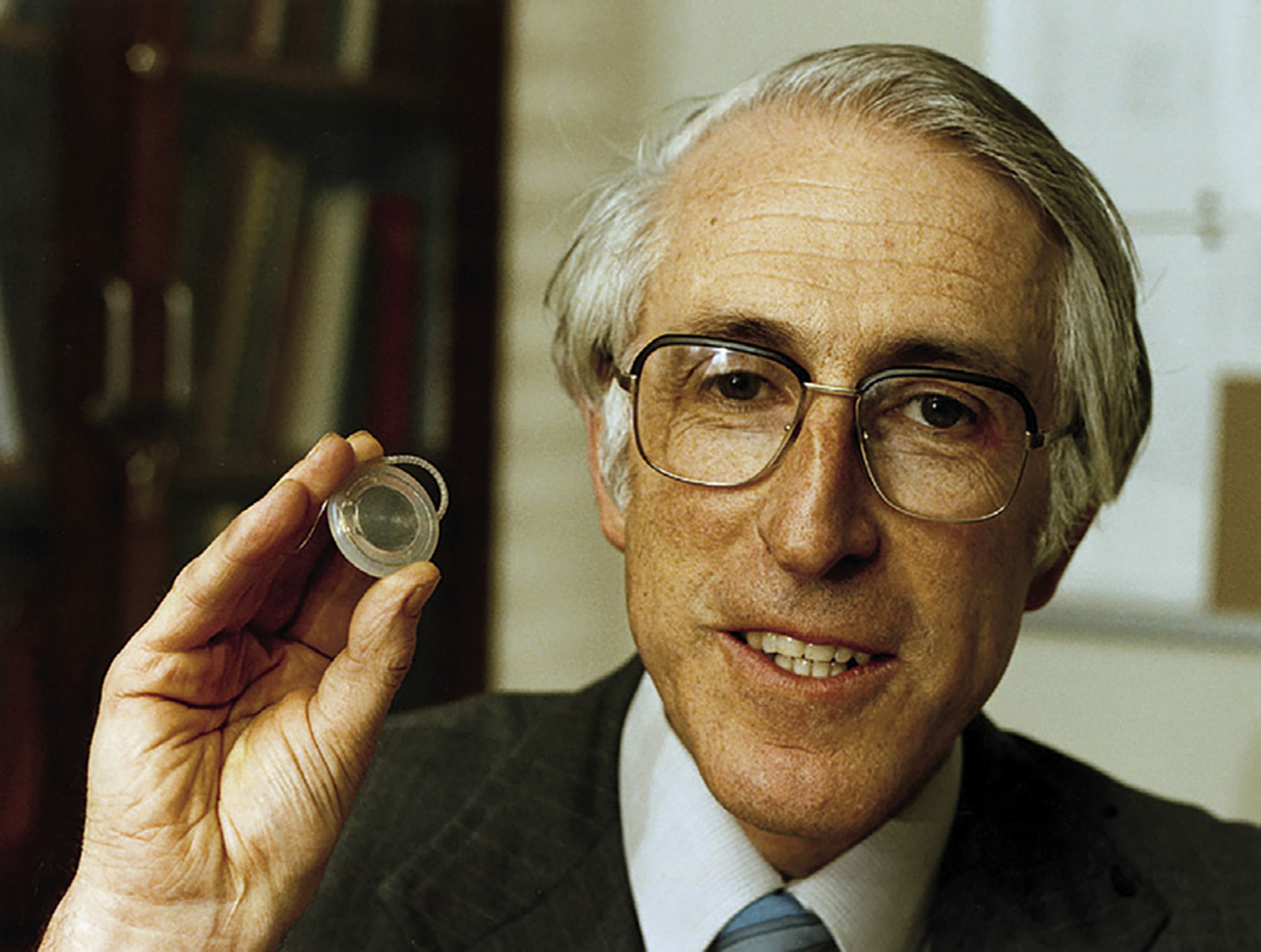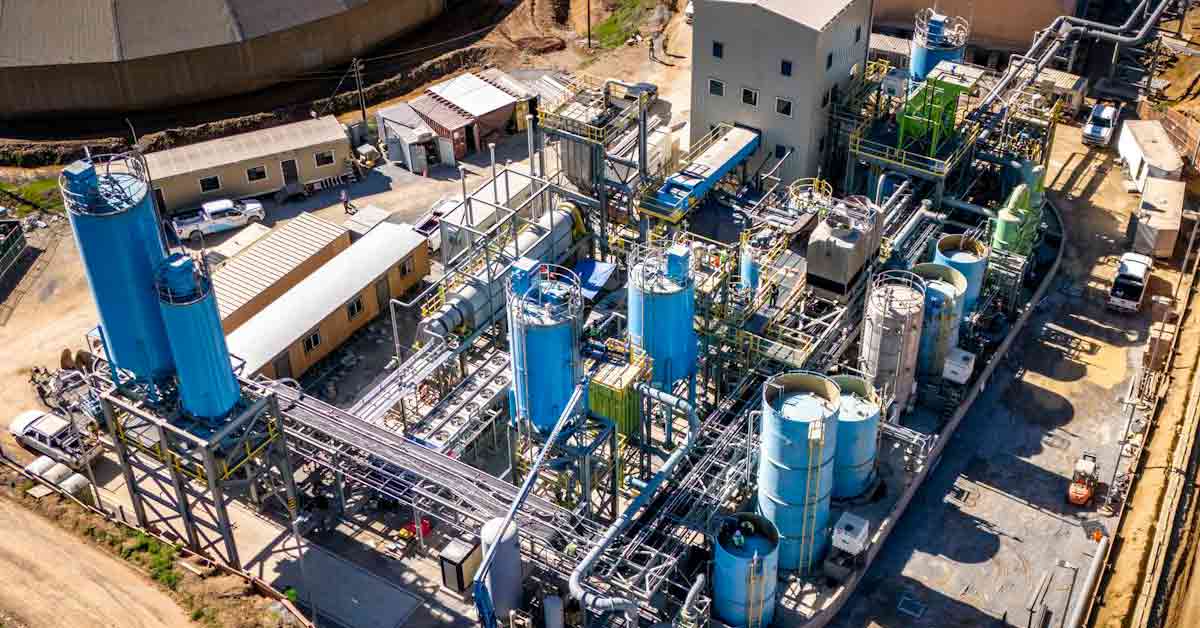Innovations in medicine have grown exponentially since the dawn of the 20th century.
It’s easy to see that health care looks drastically different than it did just a few generations ago — and it’s for the betterment and wellbeing of our communities.
These advancements rely not just on chance discoveries or the rare genius of an individual but rather the collective dedication of scientists, researchers, doctors, and other professionals across years and even decades, building upon discoveries past.
We rounded up some of the top medical advancements from the last century.

These medical advancements from the last century will wow you →
1924: The Electroencephalogram

Hans Berger recorded the first human electroencephalogram (EEG), charting the electrical activity of his son’s brain.
1928: The Iron Lung

Although it’s now virtually obsolete, the original iron lung varied the air pressure in the enclosed space to stimulate breathing and was especially useful in treating polio patients.
1928: Discovery of Penicillin
Scottish bacteriologist Sir Alexander Fleming discovered penicillin, a group of antibiotics and one of the first medications effective against many bacterial infections.
Antibiotics turned once-feared bacterial infections into curable conditions.
1932: The Pacemaker

Dr. Albert Hyman devised a spring-wound, hand-cranked electro-mechanical instrument to apply electrical impulses to stimulate the heart.
It would be years be almost two decades before pacemakers would be made portable — but Hyman's invention laid the groundwork for nearly a century of innovation.
1943: Dialysis

Dr. Willem Johan Kolff is credited with the first working dialyzer, which removes excess water, solutes, and toxins from the blood in people whose kidneys can no longer perform these functions naturally.
1947: Cardiac Defibrillation

Dr. Claude Beck was the first to use cardiac defibrillation on a human. He first used the technique to deliver a shock successfully on a 14-year-old boy who was being operated on for a congenital chest defect.
1953: Cochlear Prosthesis

The first cochlear prosthesis, which stimulated the cochlear nerve to facilitate hearing, came out this year. Innovator André Djourno performed the first cochlear implantation in 1957.
1954: Organ Transplants
The first successful kidney transplant was carried out by Dr. Joseph Murray and Dr. David Hume in Boston, Massachusetts in 1954.
1958: Fetal Ultrasound

Although the Doppler ultrasound had been used in a variety of applications prior, in 1958, Dr. Edward Hon first used it to detect a fetal heartbeat.
1963: The Insulin Pump

Dr. Arnold Kadish invented insulin pumps, which eliminate the need for multiple insulin injections each day and make controlling blood glucose levels more possible.
A decade later in 1973, Dean Kamen (also the inventor of the Segway) invented the first wearable infusion pump for diabetics.
1971: CT Scanner

Dr. Godfrey Hounsfield is credited with developing the first commercial
CT scanner.
1978: First “Test Tube” Baby

This year the world’s first in-vitro baby was born in the United Kingdom. In 2013, in vitro fertilization (IVF) accounted for more than 1.5 percent of all babies born in the United States (more than 63,000 births).
1982: First Successful Implantation Of An Artificial Heart

Dr. William DeVries implanted the Jarvik 7, named after the device’s inventor, Dr. Robert Jarvik, giving patient Barney Clark the first permanent artificial heart. Today, artificial implants are used as a bridge until a heart is secured for transplant.
1993: First Bionic Limb
Robert Campbell Aird, a patient with muscular cancer received the first bionic limb. The patient wore a cap that contained micro-sensors, which detected brain impulses sent to his missing limb and used them to control the arm.
2013: 3D-Printed Body Parts

3D printing technology enables researchers to print body parts, not just with synthetic materials, but using bioprinting — growing cells from a patient’s stem cells to, for example, print skin to encourage faster burn or wound healing.
2015: Restoring Sight to the Blind
Terry Byland became the first person in the world to have two retinal prostheses — one in each eye — and was able to regain
some sight.
2020: mRNA Vaccine

While the development of mRNA technology began in the late 1980's, it wasn't until the COVID-19 pandemic that it became a household name.
Now more than 372,563,861 doses of mRNA vaccines have been administered in the United States in response to COVID-19, preventing an estimated 279,000 deaths and up to 1.25 million hospitalizations.
And now mRNA vaccines are in development and testing to combat HIV/AIDS and certain kinds of cancer.





